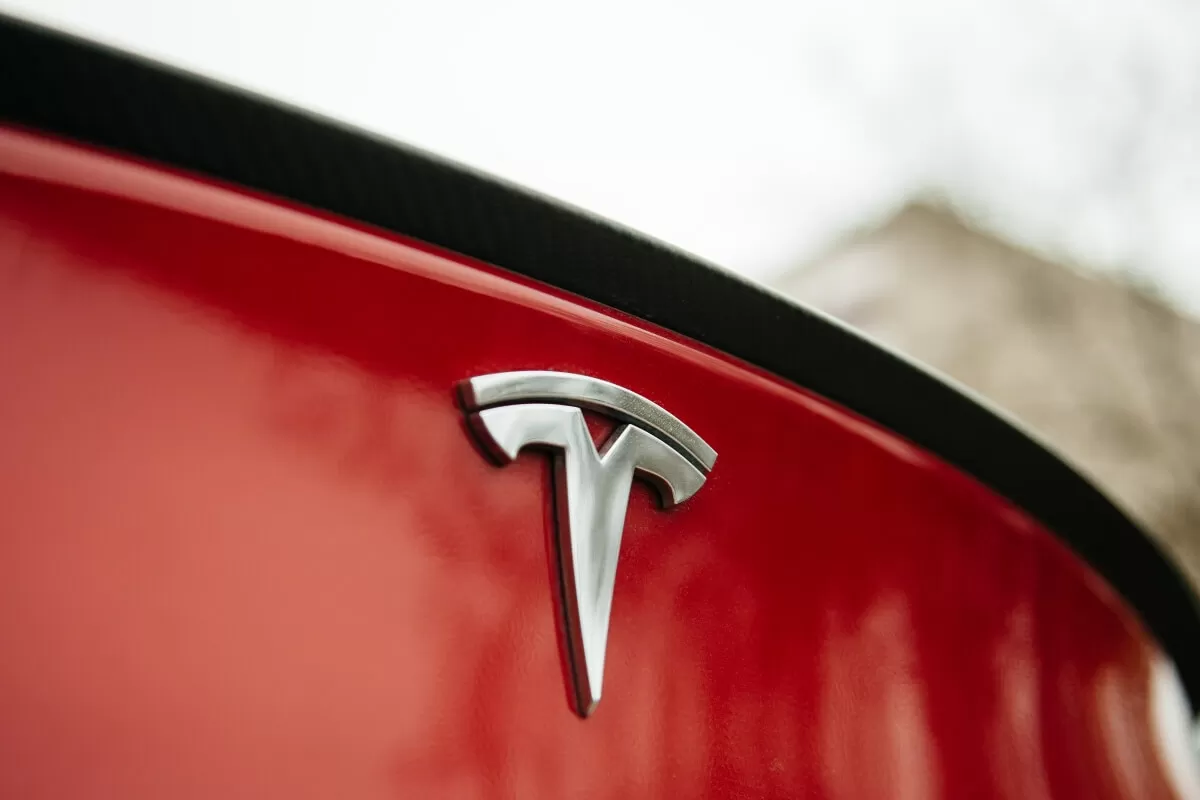In brief: An investigation into a fatal Tesla car crash in 2021 that many suspected was the fault of the car's Autopilot system has concluded that the feature could not have been activated at the time. National Transportation Safety Board (NTSB) investigators wrote that the driver was under the influence of drugs and alcohol and had been operating the car up until the moment of the collision.

On April 17, 2021, a 2019 Tesla Model S P100D missed a turn, hit a tree, and caught fire in Spring, Texas. The two occupants, who were killed in the crash, were found unbuckled in the passenger seat and rear seat, leading to suspicions that the Autopilot had been engaged.
The NTSB investigation found security video footage of Dr. William Varner entering the driver's seat of the car and Everette Talbot entering the passenger seat before the Tesla drove away, but first responders to the accident found Varner's body in the backseat.
The report found that Autopilot couldn't have been activated because there were no lane lines—a requirement for Tesla's Traffic-Aware Cruise Control—on the road where the accident occurred. Moreover, the system would not have allowed the vehicle to reach the speeds recorded at the time of the crash. Analysis also showed that both seatbelts were fastened at the time of the collision and the steering wheel was buckled and broken.
The event data recorder in the Model S revealed that five seconds before the crash, the car accelerated from 39 to 67mph in two seconds and traveled 57mph before a full-stop. The airbags were deployed, and the fire started due to a damaged front battery module.
The NTSB blamed the accident on excessive speeds and driver impairment caused by alcohol and two sedating antihistamines.
The NTSB has opened several investigations into crashes involving Tesla vehicles over the years and warned that the naming of the company's "Full Self-Driving Capability" package is misleading and irresponsible.
Yesterday saw Apple co-founder Steve Wozniak accuse Elon Musk and Tesla of "robbing" him and his family over false claims about Tesla's self-driving capabilities.
https://www.techspot.com/news/97564-ntsb-report-finds-autopilot-not-engaged-time-fatal.html
